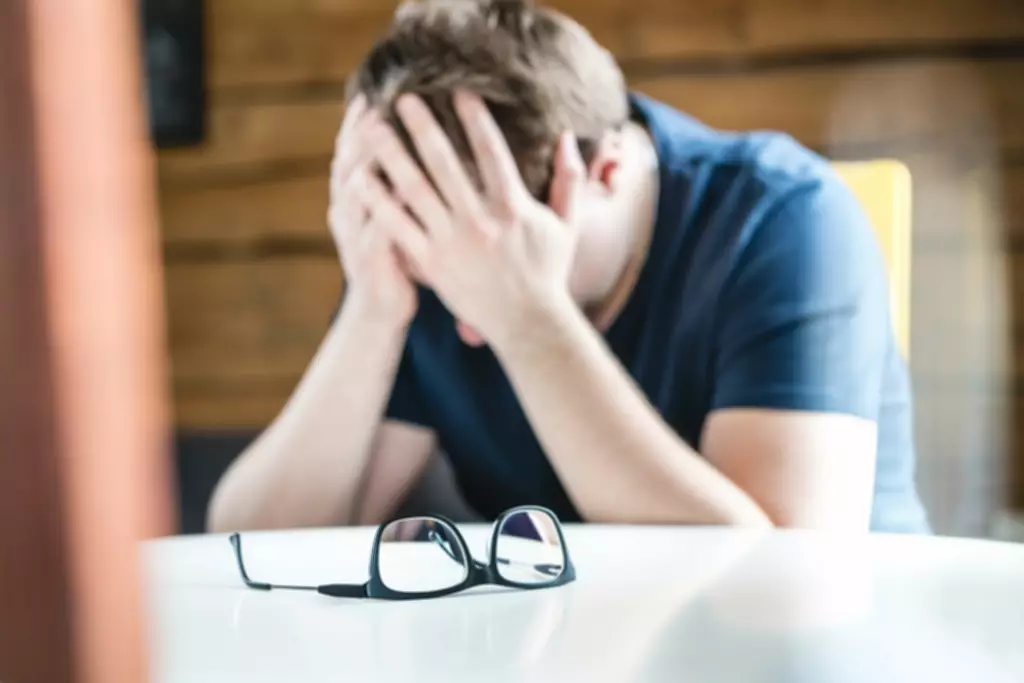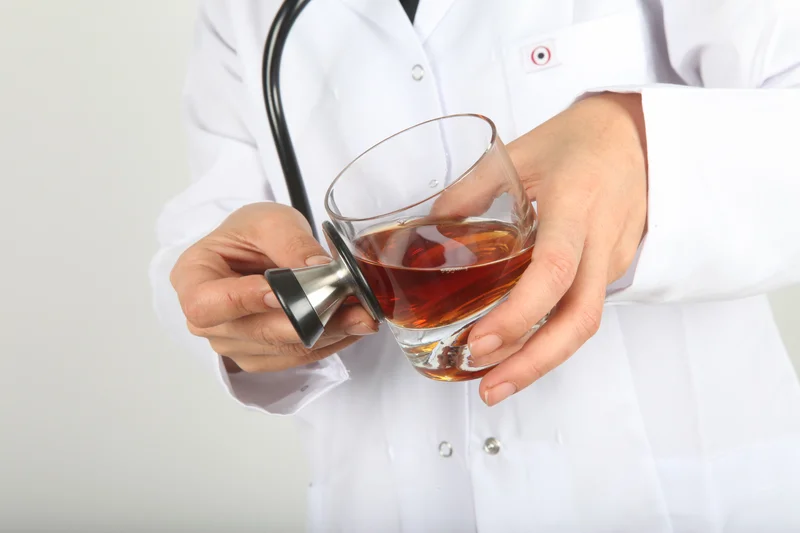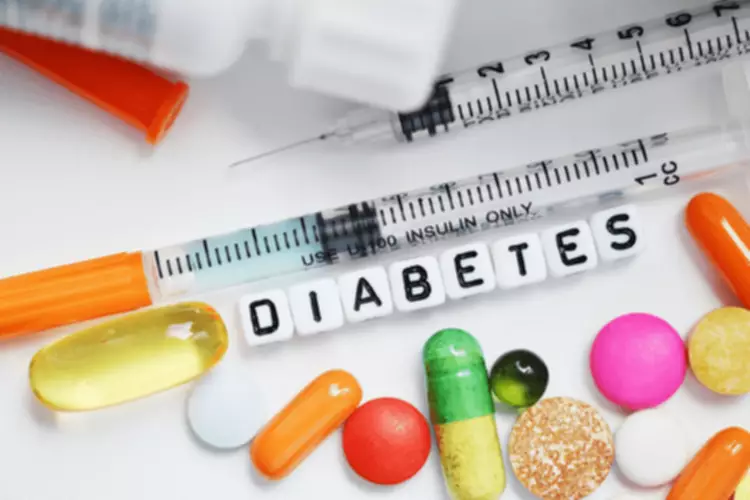Sober living
8 Ways Drinking Alcohol Could Give You Anxiety

“You could use a calendar, journal or any number of tracking how to stop alcohol cravings apps.” Drink Control Alcohol Tracker or Less are two examples of free tracking apps available on iOS devices. Alcohol cravings are caused by psychological and physical factors that form triggers that tempt you to drink. As a specific example, a small study published in the journal Drug and Alcohol Dependence involved 140 adults and indicated that a short session of aerobic exercise reduced cravings for alcohol (10). Although the available evidence is mixed or lacking in humans, the following natural supplements, herbs, and vitamins might help curb alcohol cravings (5, 6, 7). Prescription medications can be a useful tool in treating alcohol cravings.
Role of Diet in Managing Alcohol Cravings: Nourish Your Body, Nourish Your Mind

Along with medication and other treatment support, a range of alternative therapies may be effective in lessening alcohol cravings and other withdrawal symptoms. In the United States, three drugs are approved by the Food and Drug Administration (FDA) for the general treatment of alcohol use disorder (AUD), including cravings (2). A physician or other qualified healthcare provider can assess whether one of the following medications can help you. Understanding and recognizing these factors will help you reduce or manage cravings more effectively. Alcohol cravings are common, especially when you first try to change your drinking habits. It could take some time and effort to find a strategy that helps you navigate them effectively, but you do have plenty of options for support.
Detox and Withdrawal
This is key to keeping cravings under control, especially when your body is used to using alcohol as a quick form of fuel. Consider tracking and analyzing your urges to drink for a couple of weeks. This will help you become more aware of when and how you experience urges, what triggers them, and ways to avoid or control them. The following activity offers suggestions to support you in your decision to cut back or quit drinking.
- This area of the brain is often referred to as the pleasure center.
- This treatment works differently because it helps reduce the amount the drinker ingests.
- Cravings tend to reduce over time, especially if you’ve developed healthy new habits, routines and coping strategies.
- When you accept that even intense cravings are temporary, waiting for them to pass might get a little easier.
- This might include family, friends, support group members, or a sponsor.
- During that time, you can distract yourself with an engaging alternative to drinking.
Alcohol Use Disorder Treatment: 10 Reasons It’s Never Too Late
Not only is it common to become addicted to alcoholism, but it is one of the hardest substances to quit. One of the main reasons that leads to relapse, however, is alcohol cravings. Joining a support group like AA (Alcoholics Anonymous) or SMART Recovery can provide a sense of community and accountability, which can be incredibly valuable in managing cravings. Sharing experiences and strategies with others who understand the challenges of recovery can offer both support and practical advice for dealing with cravings. Addressing alcohol cravings requires a broad-based approach that’s tailored to individual needs and circumstances.
Medication To Help With Alcohol Cravings
Using your willpower can be one of the tools in your toolkit, but it shouldn’t be the only one. If you were having an alcohol craving, you would start by bringing your awareness to the present, and then observing the craving. You would avoid judging anything you were feeling, or trying to fight against it. With time and practice, you would begin to learn that cravings eventually pass, and as a result they would become less powerful.
Q: What are the early signs of alcohol dependence?
This generally includes meditation, but you might also choose to set daily aspirations, or practice performing everyday activities mindfully. Alcohol cravings are a consequence of alcohol’s interaction with your brain chemistry. So, if you find yourself craving a glass of wine after work, but don’t feel you have a problem otherwise, this post is for you as well. Effectively managing alcohol cravings involves a combination of short-term strategies for immediate relief and long-term approaches for sustained recovery. Genetic factors can influence the intensity of cravings, with some individuals being more predisposed to strong urges due to their genetic makeup. Environmental factors, such as growing up in a household where alcohol misuse was prevalent, can also play a significant role in shaping one’s relationship with alcohol and the intensity of cravings.
- When we’re tired and our energy levels are depleted, sugar might feel like a quick and easy thing to put into our bodies to help with this.
- To overcome urges and not be fearful of them, you’ll need more advanced methods.
- It signals the kidneys to take in more fluid and produce urine, increasing how much you urinate (pee).
- This generally includes meditation, but you might also choose to set daily aspirations, or practice performing everyday activities mindfully.
Consuming alcohol can produce chemical imbalances within certain neural circuits in the brain. She enjoys interviewing medical experts and researchers about their work and is passionate about communicating accurate and relevant health information to the public. To the best of our knowledge, all content is accurate as of the date posted, though offers contained herein may no longer be available. The opinions expressed are the author’s alone and have not been provided, approved or otherwise endorsed by our advertisers.

During this phase, individuals amphetamine addiction treatment experience withdrawal symptoms when not drinking, such as irritability, anxiety, or tremors. Attempts to cut back or quit alcohol use usually fail due to the body’s increasing reliance on alcohol for normal functioning. This approach is based on the understanding that our thoughts, feelings, and behaviors are all interconnected. In terms of cravings, it could involve identifying triggers, developing distraction techniques, and practicing mindfulness.
- Dr. Wakim is a board-certified psychiatrist with a passion for and expertise in addiction, mood disorders, trauma-related disorders and the subspecialty of interventional psychiatry.
- A therapist can help you address underlying issues, develop coping strategies, and provide ongoing support in your recovery journey.
- In one study, patients with PCOS consumed 15 milligrams of ACV daily for 90 days or more.
- Fortunately, urges to drink are short-lived, predictable, and controllable.
- The treatment helps the person not crave alcohol because of the unpleasant experience.
What Helps With Alcohol Cravings?

In this early stage, a person starts using alcohol not just for enjoyment, but to feel better. They might drink to relax after work or to feel more comfortable at parties. This might not seem like a problem yet, but it’s the start of using alcohol as a solution rather than a choice.
Timeline: How Long Do Alcohol Cravings Last?
These might include not driving past your favorite bar or wine shop, or taking a break from socializing with friends who drink often. For situations where a trigger is unavoidable, you might find a trusted friend you can call, or come up with an exit strategy ahead of time. It takes time, patience, and persistence to put a stop to cravings, but for many people it is possible to end them, or at least greatly reduce them. Below are some key strategies to help you stop craving wine, beer, and any other form of alcohol.
